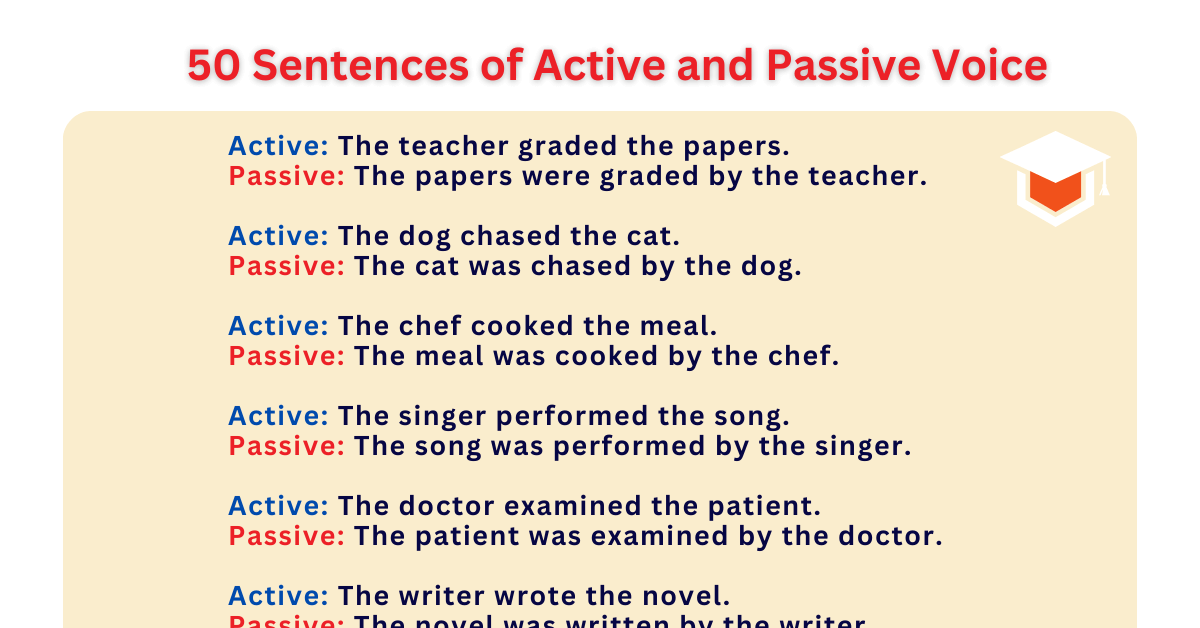When it comes to writing, understanding the difference between passive and active voice is crucial. Passive voice is often frowned upon in writing as it can make sentences less clear and engaging. On the other hand, active voice is preferred for its directness and clarity. By mastering the use of both passive and active voice, you can enhance the effectiveness of your writing.
Passive voice occurs when the subject of a sentence is acted upon by the verb. This can make sentences sound awkward or unclear. For example, “The cake was eaten by the children” is in passive voice. In contrast, active voice places the subject at the beginning of the sentence and is followed by the verb and object, such as in the sentence “The children ate the cake.” Active voice is more direct and engaging for the reader.
One common mistake writers make is overusing passive voice, which can weaken the impact of their writing. Passive voice often lacks clarity and can make sentences longer than necessary. By using active voice, you can make your writing more concise and engaging. For example, instead of saying “The report was written by the team,” you could say “The team wrote the report.”
Another benefit of using active voice is that it can help to create a sense of immediacy in your writing. Active voice conveys a sense of action and energy, making your writing more dynamic and engaging for the reader. By using active voice, you can grab the reader’s attention and keep them interested in your content.
In conclusion, understanding the difference between passive and active voice is essential for effective writing. Passive voice can make your writing sound dull and unclear, while active voice is more direct and engaging. By using active voice, you can make your writing more concise, dynamic, and impactful. So next time you sit down to write, remember to choose your voice wisely to make your writing shine.
